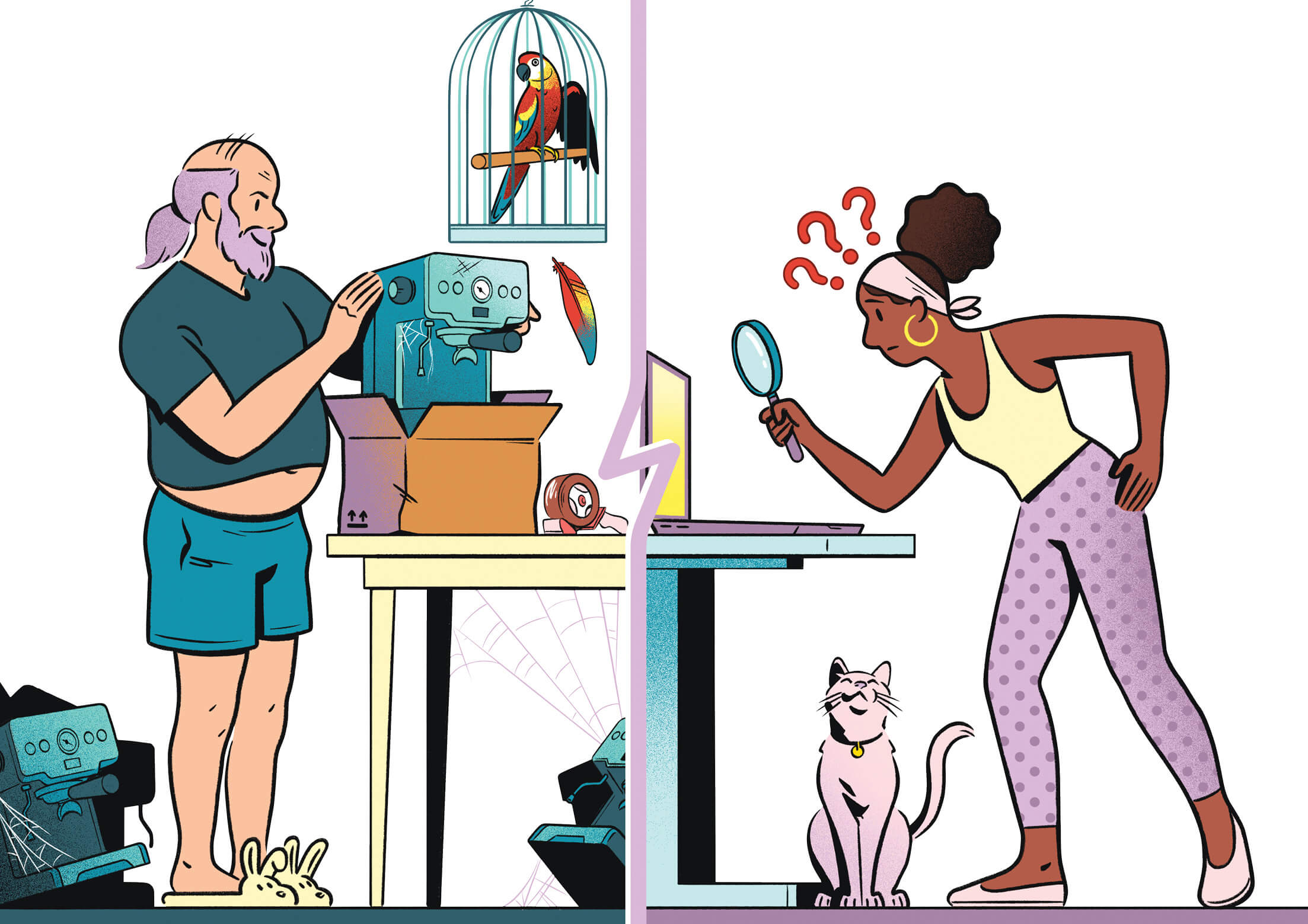Your Money: Live Well for Less
WHAT STORE AM I REALLY SHOPPING IN?
Many vendors operate within the biggest retail websites. How to know which are safe

You searched Amazon, you found what you were looking for on Amazon, and you clicked “Buy” on Amazon. Odds are, however, that you didn’t actually buy from Amazon. More than 60 percent of the site’s sales are made by other vendors, the company says.
Amazon isn’t the only major retailer that’s expanding its business as a middleman. Walmart, Target, Macy’s, Chewy, Best Buy and J.Crew, among others, also run what are known as third-party marketplaces. In other words, these retailers are operating less like a store and more like a mall or flea market.
But these marketplaces can be a crazy mix of sellers, ranging from large corporations to people working out of their garage. Product quality and customer service can vary dramatically. Items sold by third-party sellers may not be properly manufactured, stored, handled or ethically sourced, because they operate outside major retailers’ supply chains, explains Kari Kammel, director of the Center for Anti-Counterfeiting and Product Protection at Michigan State University. You could be buying stolen, expired, recalled or counterfeit products. The new INFORM Consumers Act, which requires retailers to protect buyers from shady third-party sellers, should help, but the law won’t eliminate bad actors, Kammel says.
Here’s how to shop more safely.
→ Check out the seller. One easy way to protect yourself is to buy directly from the retailer that runs the website. You can usually find the seller’s name on the product page near the button for buying the item. Otherwise, click the seller’s name for more info, including its product selection; a random mishmash could be a red flag, Kammel says. Also, read user reviews—not just ratings. One way to filter out potentially fake reviews and unreliable sellers is to use Fakespot software (fakespot.com).
→ Locate the shipper. By the seller’s name on Amazon, look for the “Ships From” info. It’s important! This summer, when my dad was shopping for an outdoor lounge cushion, he saw something odd: Both the shipper and shipping time changed depending on the cushion’s color. The red version, shipped by Amazon, would arrive in two days; other colors, sold and shipped by a Chinese seller, would take weeks. If you need to return an item to anywhere overseas, you may have to pay a fortune.
→ Spot return gotchas. When buying from third parties, pay special attention to each product’s return policies, including costs. You may have some protections: Walmart, for example, lets you return third-party items to its stores. But Amazon’s A-to-Z Guarantee has a lot of fine print. “We get many emails from customers confused about whom to contact when something goes wrong,” says Rob Gross, cofounder of Fakespot, “and that’s usually because they bought from a third-party seller who disappeared.”
Lisa Lee Freeman was founder and editor in chief of ShopSmart magazine from Consumer Reports.